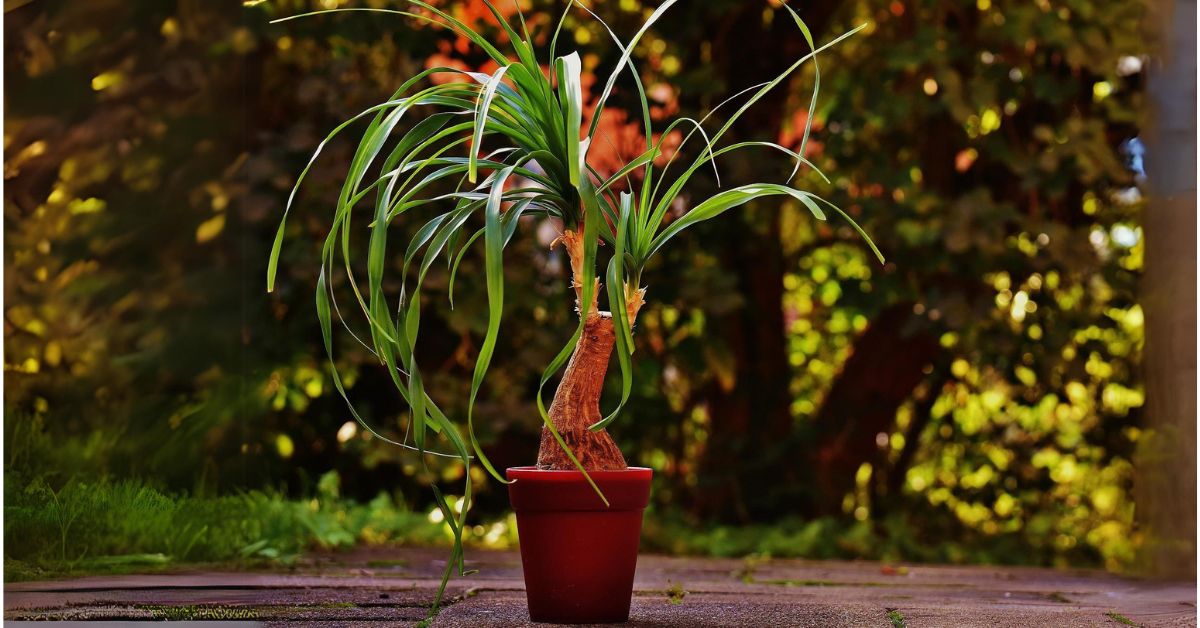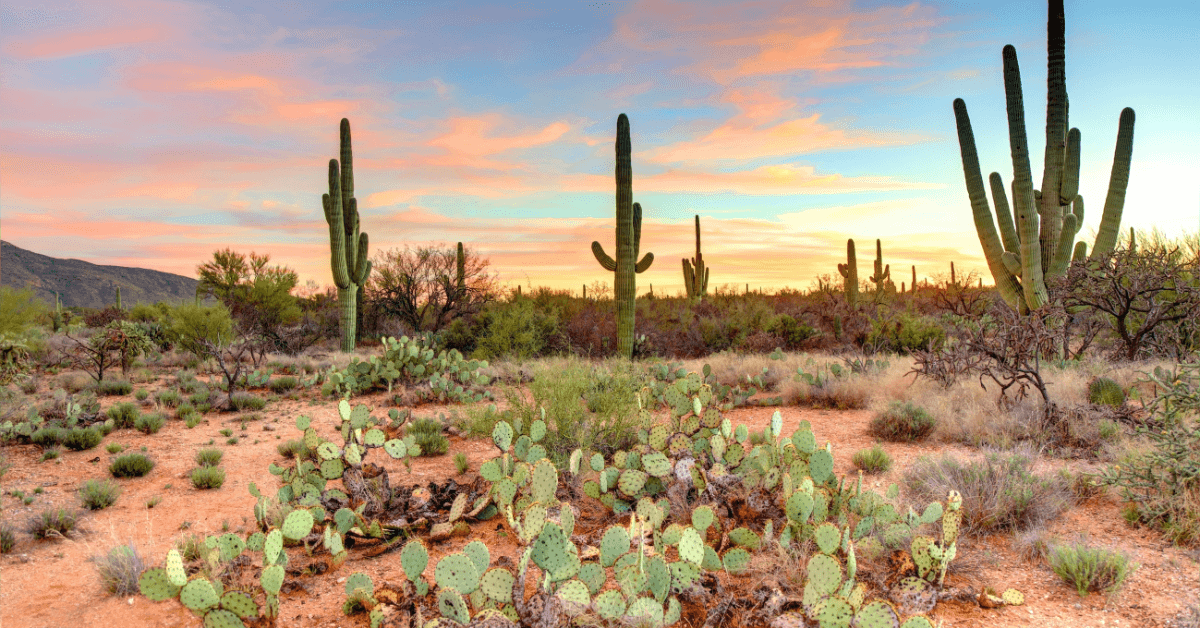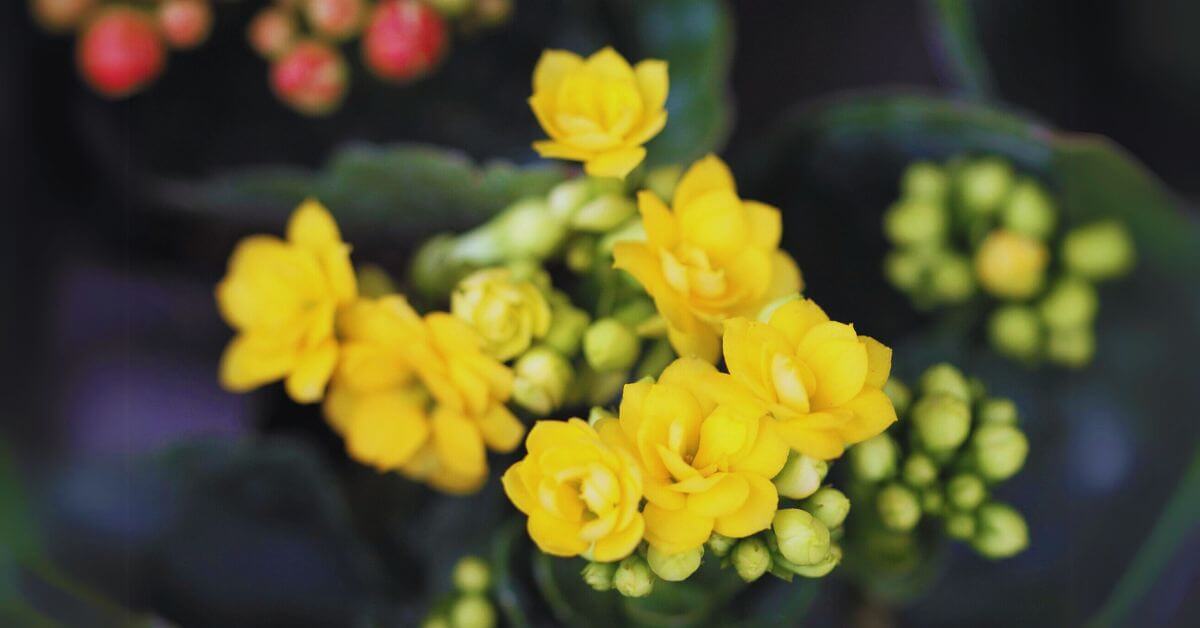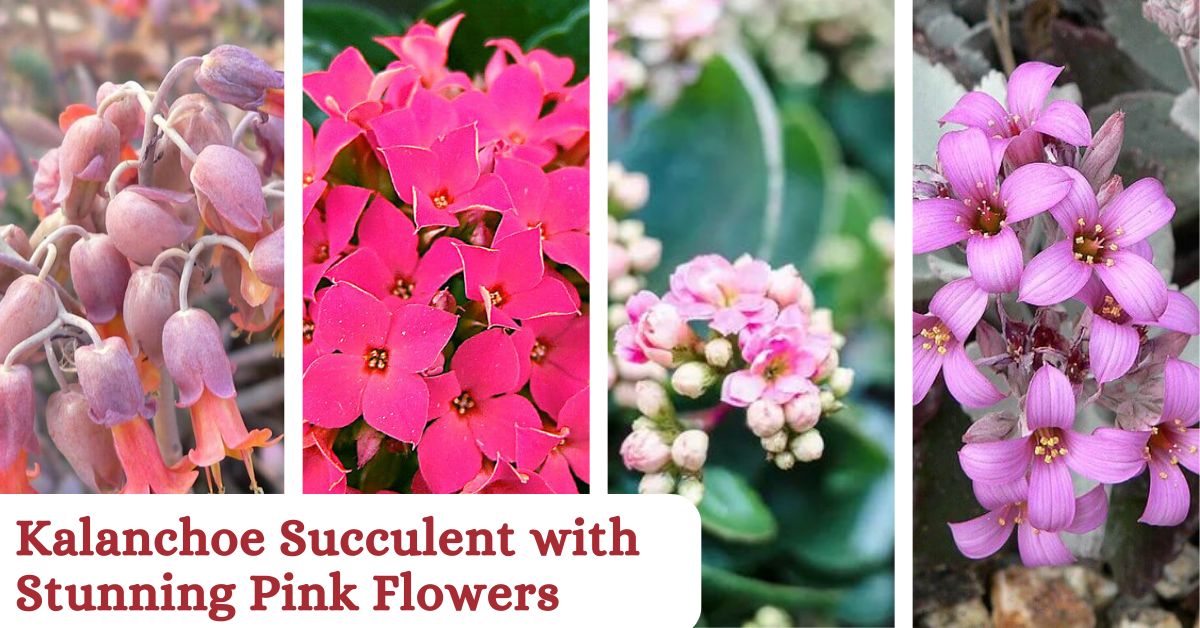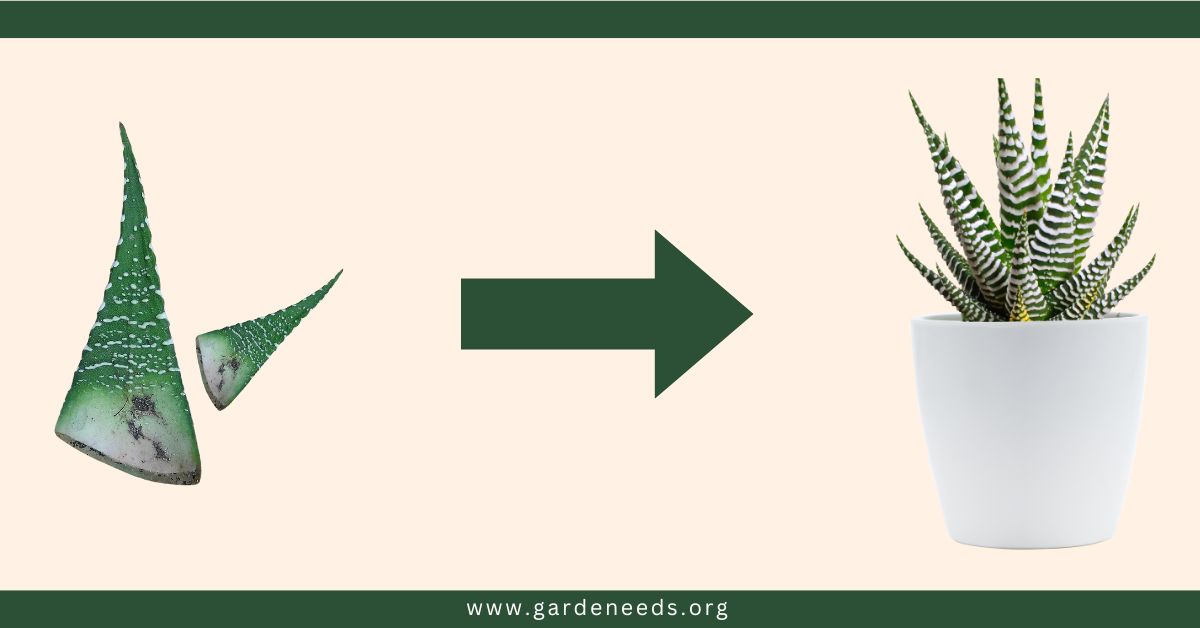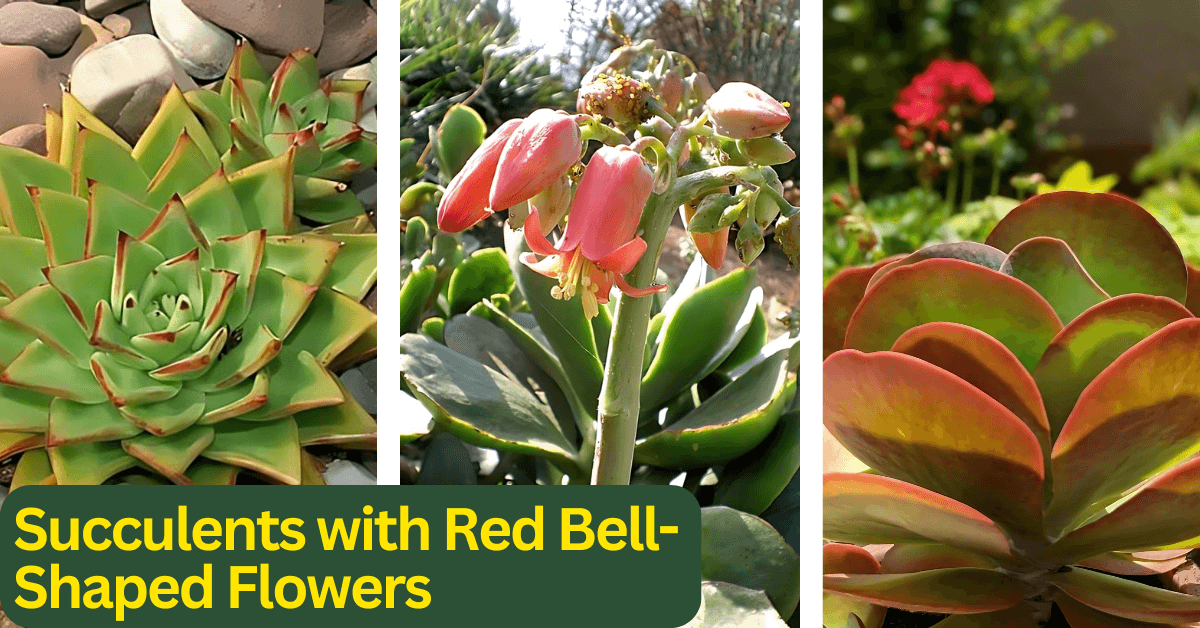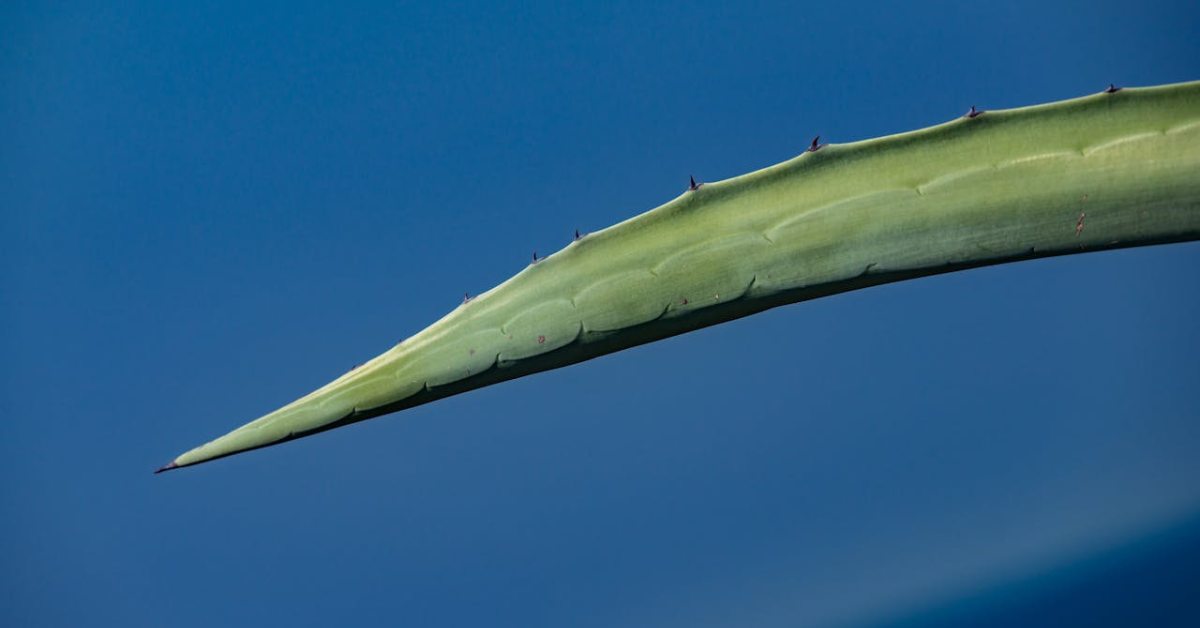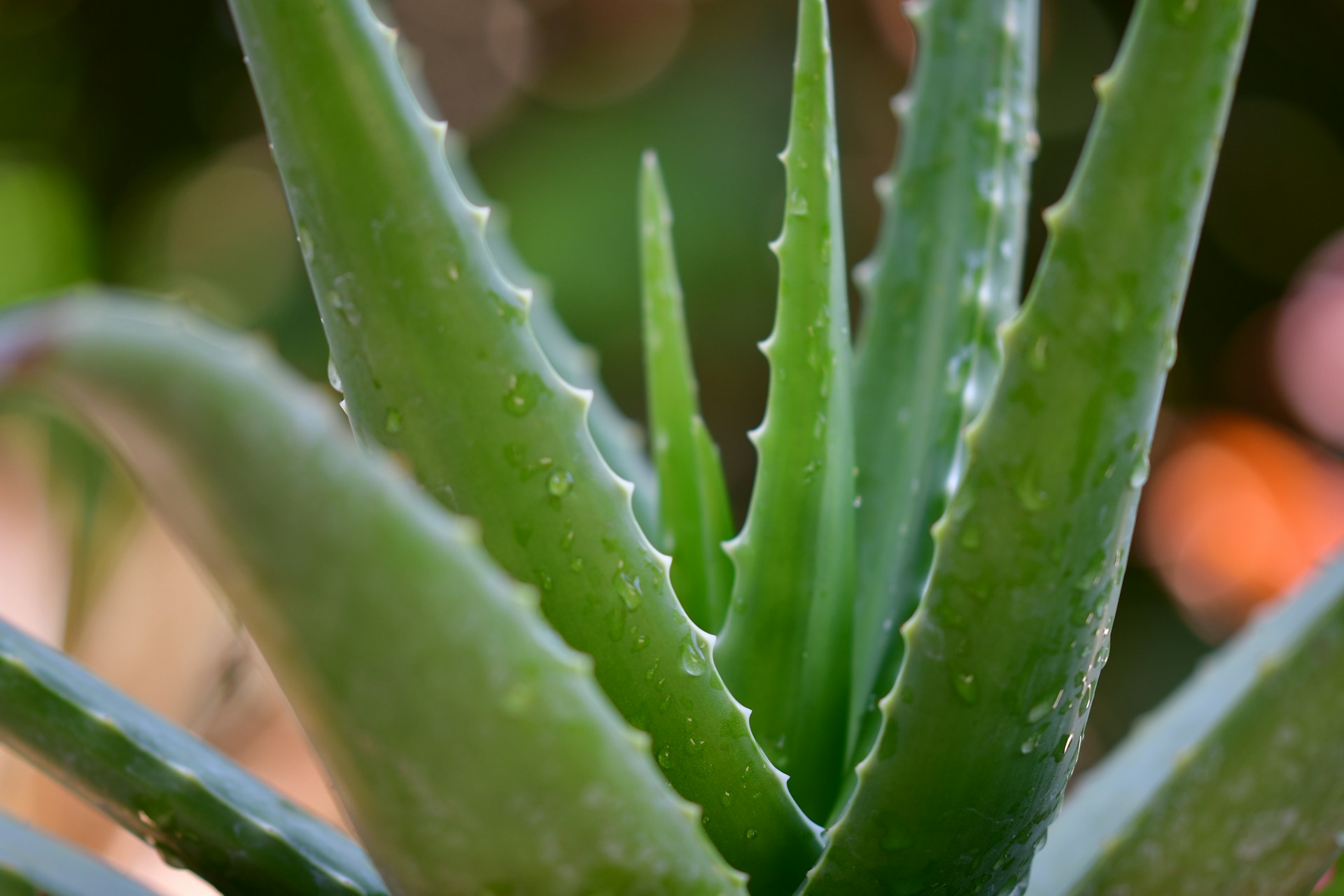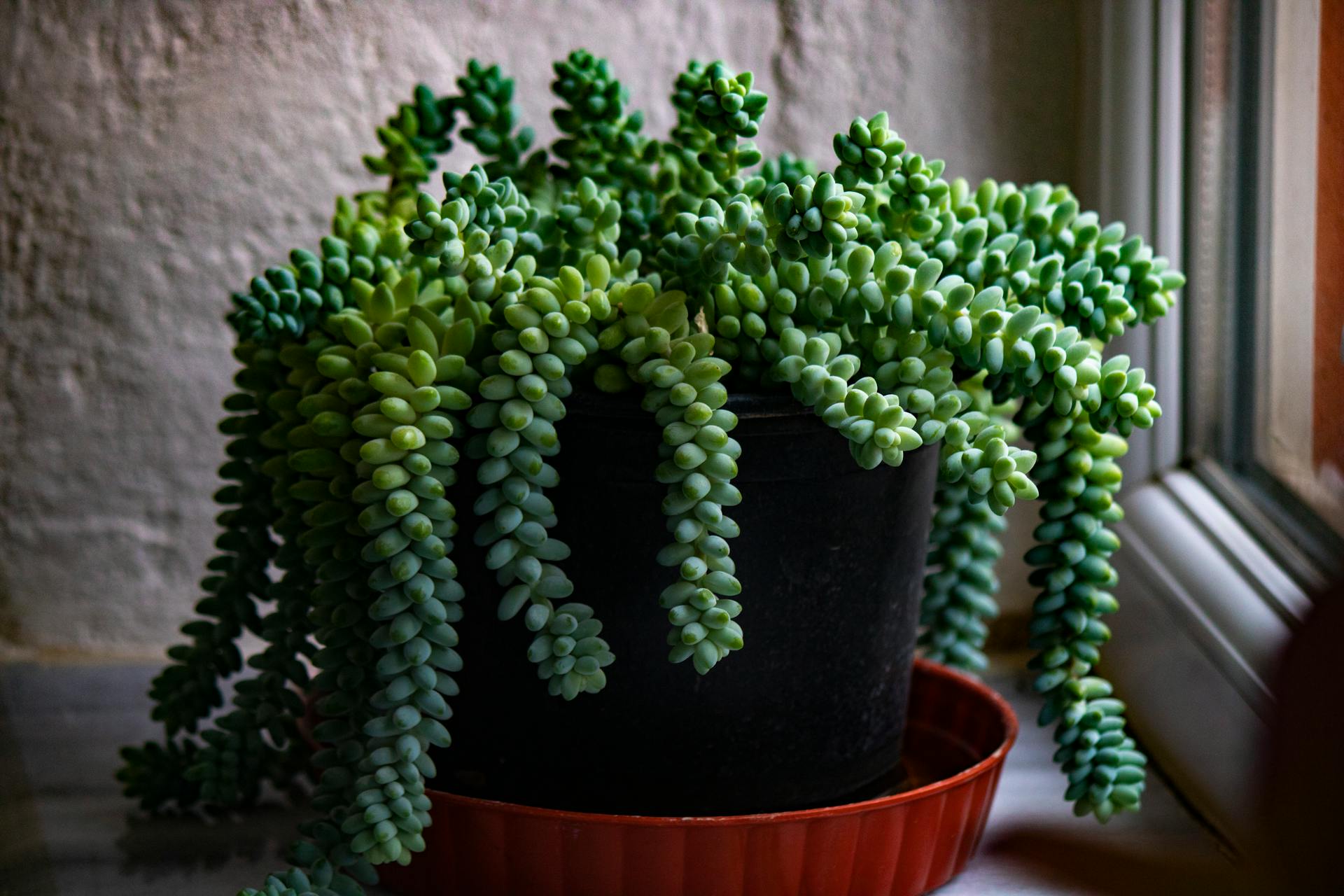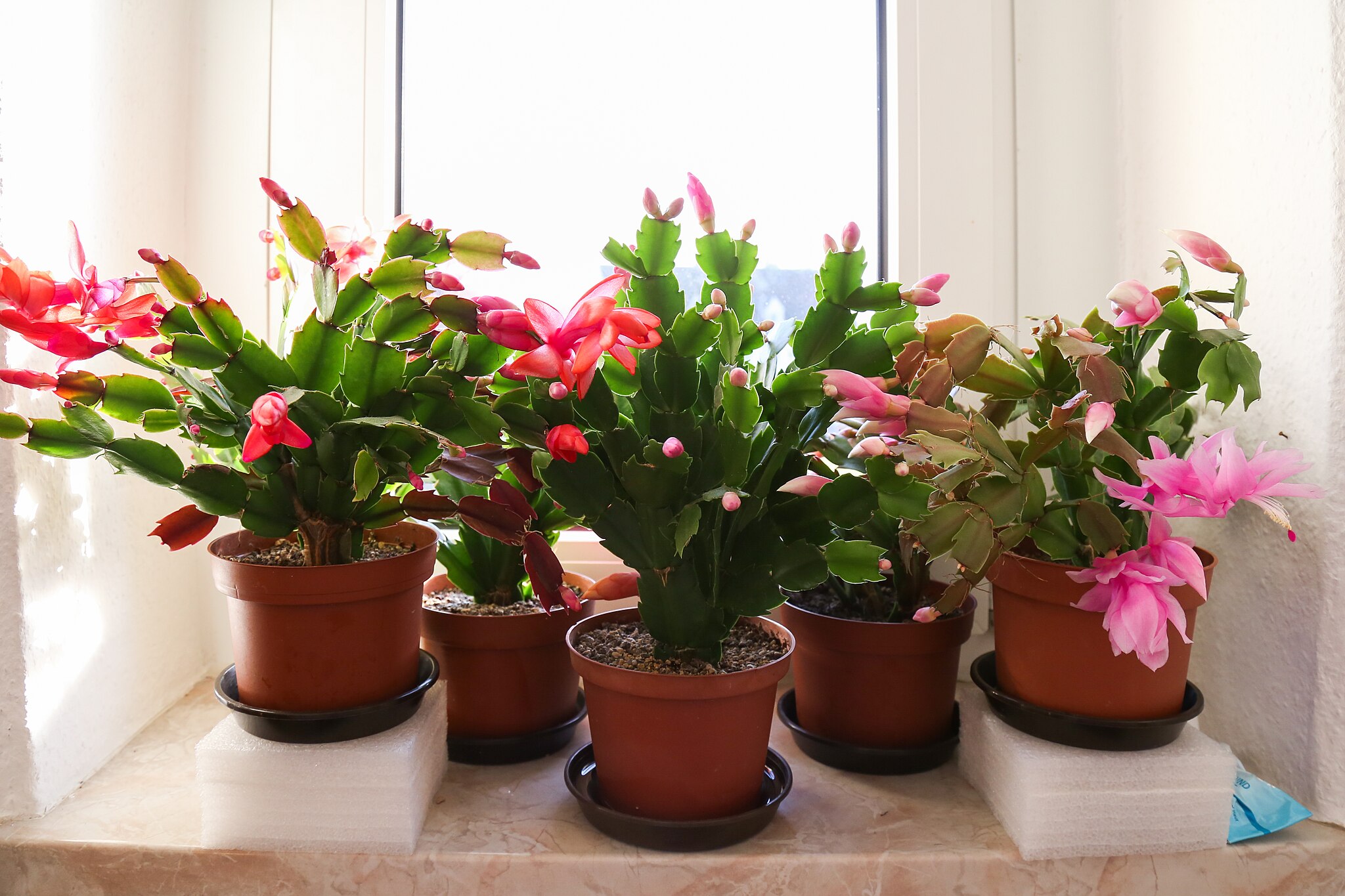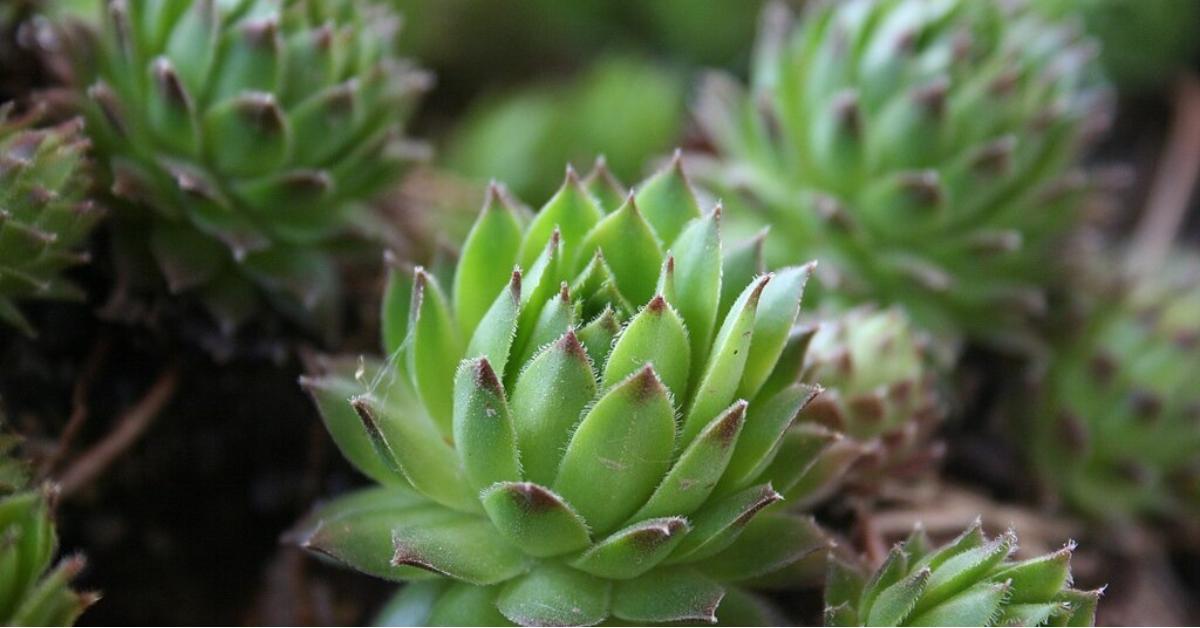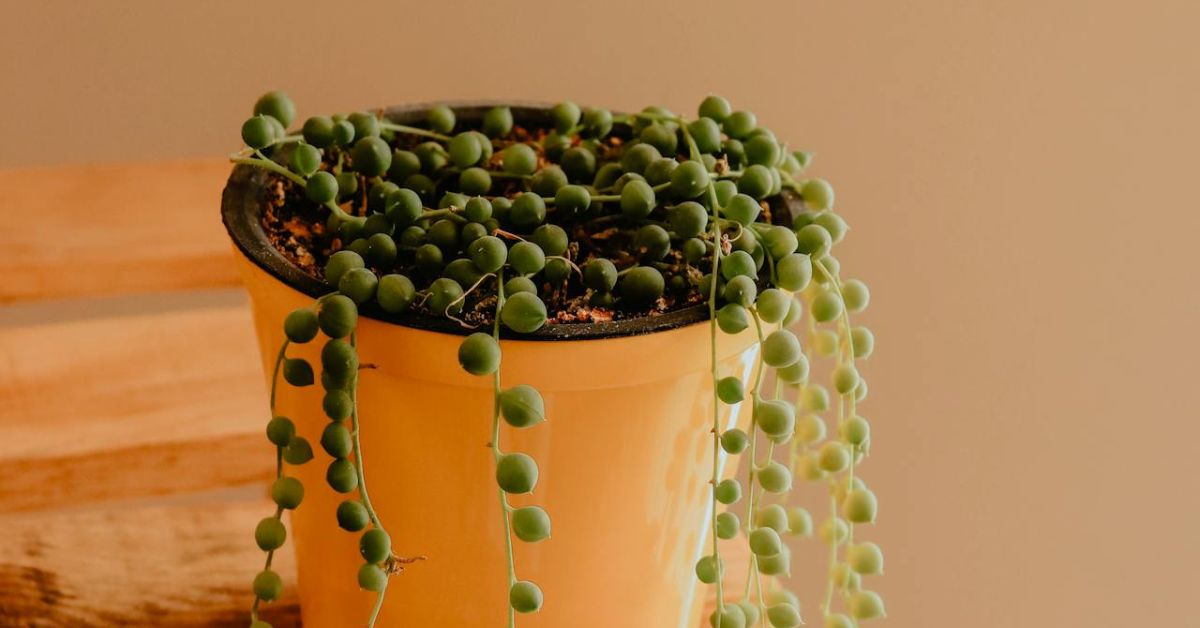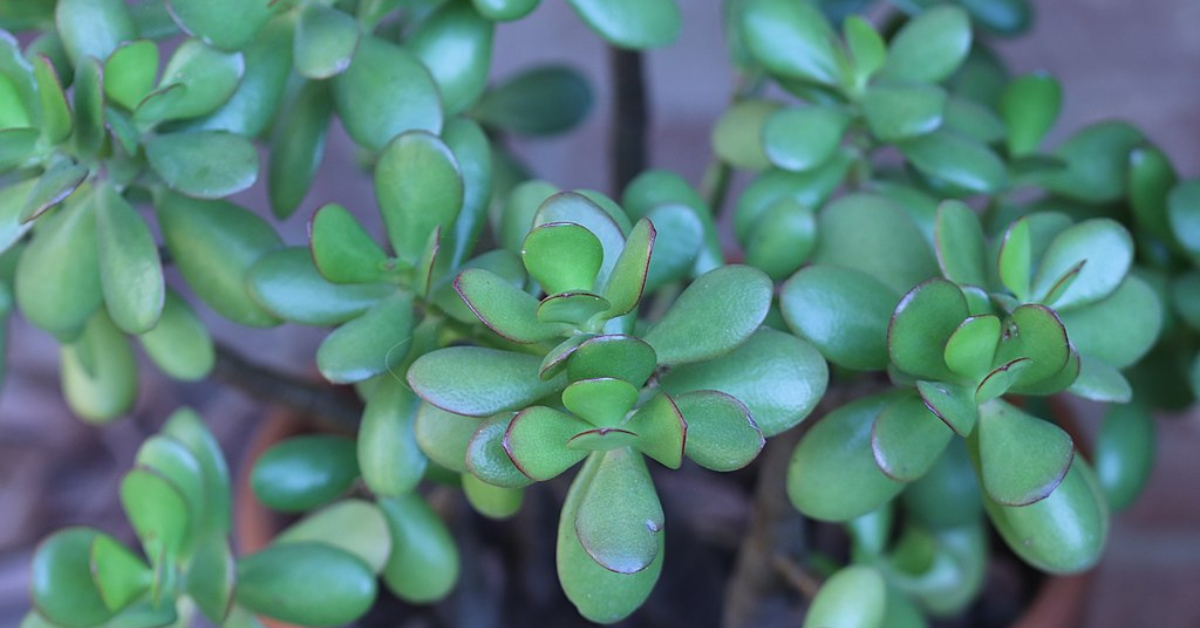IN THIS ARTICLE
The Ponytail Palm, also known as Elephant’s Foot, is a unique and visually striking plant native to semi-desert regions of Mexico. Despite its name, the Ponytail Palm is not a true palm but rather belongs to the Agave family. With its distinctive swollen trunk, long curly leaves, and low-maintenance nature, this plant has become a popular choice for indoor and outdoor gardening enthusiasts.
If you’re struggling with the proper care of your ponytail palm or worry about the ponytail palm leaves turning brown, then you’re in the right place.
We’ll discuss various types, care and how to grow them both indoors and outdoors. Offering practical care tips, read on to master ponytail palm care effectively.
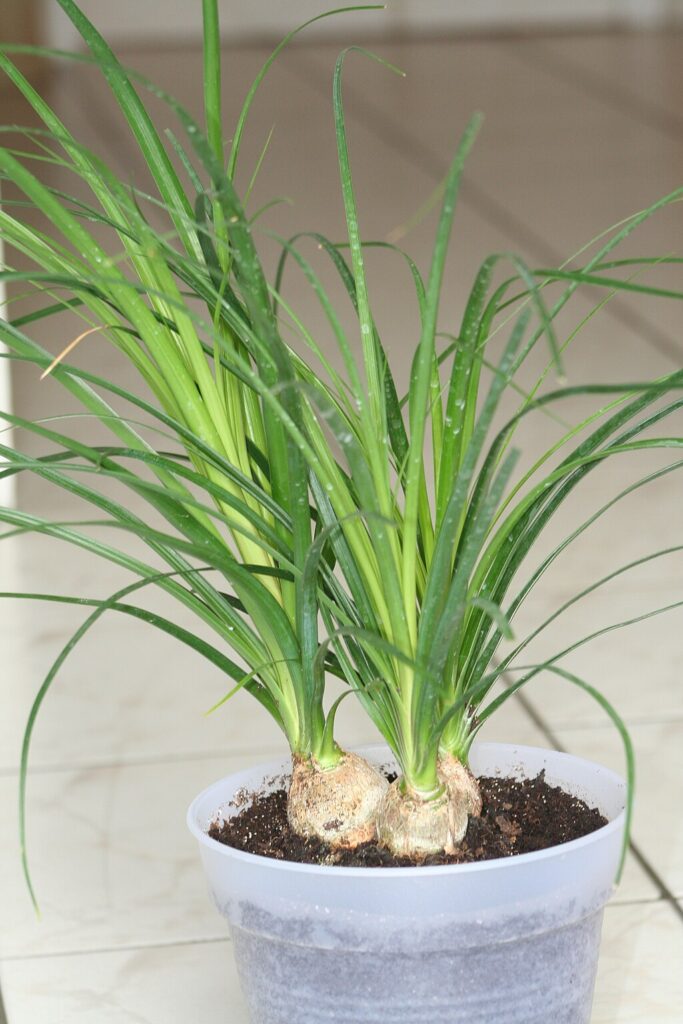
| Botanical Name | Beaucarnea recurvata |
| Family | Asparagaceae |
| Plant Type | Succulent |
| Mature Size | 6-8 feet tall (indoors), up to 30 feet tall (outdoors) |
| Sun Exposure | Full sun to partial shade |
| Soil Type | Well-drained, sandy soil |
| Soil pH | Slightly acidic to neutral (6.5-7.5) |
| Bloom Time | Rarely blooms indoors; blooms in summer (outdoors) |
| Flower Color | Creamy white |
| Hardiness Zones | 9-11 (USDA) |
| Native Area | native to Belize, Guatemala, and southeastern Mexico |
Types of Ponytail Plant
These distinct types offer unique visual appeals and can suit different aesthetic preferences in our homes and gardens.
| Type | Unique Appearance |
|---|---|
| Standard Ponytail Palm | Thick, bulbous trunk with long, thin leaves |
| Variegated Ponytail Palm | Striped leaves with white or yellow edges |
How to Grow Ponytail Plant
Choosing the Right Location
Selecting an ideal spot is crucial for your ponytail plant’s success. This plant loves bright, indirect sunlight but can tolerate low light conditions.
For indoor locations, choose a bright room near a window, avoiding direct sun which can scorch the leaves. Outdoors, aim for partial shade.
Ensure good air circulation to prevent mold and pests. For both indoor and outdoor settings, moderate temperatures work best, avoiding extreme cold or heat.
Choosing the right pot and soil
Your ponytail palm thrives in well-draining soil. A cactus or succulent mix is ideal.
The pot should have drainage holes to prevent waterlogging, which can cause root rot. Opt for a pot slightly larger than the bulbous base to allow room for growth.
Clay or terracotta pots are great as they permit soil to dry out faster, avoiding excess moisture. Repotting every 2-3 years helps accommodate growth and refresh the soil.
Planting Steps
- Start by filling the pot with the well-draining soil mix. Create a small hole in the center, large enough to fit the root ball.
- Place the ponytail palm in the hole, ensuring the base is level with the soil surface. Gently fill around the root ball, firming the soil lightly.
- Water thoroughly after planting to settle the soil. Avoid overwatering; let the soil dry out between waterings.
- Monitor the plant for the next few days to ensure it acclimates well to its new environment.
How to Grow Ghost Ponytail Plant Indoor
For ponytail palm indoor growth, place it in a well-lit room with indirect sunlight. Water every 3-4 weeks, allowing the soil to dry out between waterings. Maintain temperatures between 60-80°F.
Avoid drafty areas. Use a well-draining potting mix, preferably with sand or perlite for optimal growth. Consider adding pebbles at the base for added drainage.
How to Grow Ghost Ponytail Plant Outdoor
To grow the ghost ponytail plant outdoors, choose a location with partial shade and well-draining soil. Water sparingly, allowing the soil to dry out between waterings.
Ensure protection from extreme temperatures, especially frost. Use a sandy soil mix for optimal growth. Monitor for pests and take preventive action if necessary.
For the ponytail plant, proper spacing enhances air circulation, reducing disease risk.
How to Care for a Ponytail Plant
Caring for the Ponytail Plant is easy if you know the basic, so here’s the basic table for caring aspect you should look for.
| Care Aspect | Guidelines |
|---|---|
| Watering | Minimal; let soil dry out completely before watering again |
| Fertilization | Use a balanced, water-soluble fertilizer diluted to half-strength |
| Pruning | Remove dead/yellowing leaves, prune during growing season |
| Repotting | Every 2-3 years, choose a pot with good drainage, check for root rot |
Watering Guidelines: How Often to Water Ponytail Palm
Watering your ponytail palm correctly is crucial. This plant thrives on minimal water.
We should water it thoroughly and then let the soil dry out completely before watering again. Check the top inch of soil; if it’s dry, it’s time to water.
Overwatering can lead to root rot, a common problem. In winter, reduce the watering frequency even more, as ponytail palms need less water during their dormant period.
Fertilization Tips: How to Fertilize Ponytail Plant
Fertilizing a ponytail palm is simple. Use a balanced, water-soluble fertilizer diluted to half-strength.
We should fertilize the plant every two months during the growing season, from spring to early fall. Avoid fertilizing in winter when the plant is dormant.
Over-fertilizing can damage the plant, so less is more when it comes to feeding ponytail palms.
Pruning and Maintenance: How to Prune a Ponytail Palm
Pruning a ponytail palm is mostly about aesthetic maintenance. We should remove any dead or yellowing leaves to keep the plant looking tidy.
Use clean, sharp scissors or pruners to avoid damaging the plant. If the stem appears too tall or leggy, cutting it back can encourage new growth.
Always prune during the growing season for the best results.
Ponytail Palm Repotting: How to Trim a Ponytail Palm
Repotting is essential for a healthy ponytail palm. We should repot every 2-3 years or when the plant outgrows its current pot.
Choose a pot slightly larger than the current one with good drainage. Gently remove the plant from its old pot, shake off excess soil, and place it in the new pot with fresh, well-draining soil mix.
Water it lightly after repotting to help settle the soil. Remember, repotting is also a good time to check for root rot and trim any affected roots.
Ponytail Palm Propagation: How to Propagate Ponytail Palm
Propagating ponytail palms can be done through three main methods: offsets, seeds, and division.
- Offsets are the easiest; simply separate them from the mother plant and replant.
- Seeds require patience and ideal conditions.
- Division is challenging for mature plants but possible with care.
- Each method varies in difficulty and success rate.
| Propagation Method | Recommendation | Difficulty | Comments |
|---|---|---|---|
| Offsets | Highly recommended | Easy | Simply separate from the mother plant and replant. |
| Seeds | Suitable for patient gardeners | Moderate | Requires ideal conditions for success. |
| Division | Only for experienced gardeners | Hard | Challenging, especially for mature plants. |
Common Issues and Solutions
Identifying and addressing common issues with ponytail palms ensures their health.
One frequent issue is ponytail palm brown tips, often caused by low humidity or over-fertilization. To solve this, increase humidity by misting and follow a balanced fertilization schedule.
If ponytail palm leaves turn brown, overwatering or underwatering might be the culprit. Adjust your watering frequency accordingly.
Regular ponytail palm maintenance is key—monitoring for signs of distress and addressing them promptly can prevent long-term problems.
| Common Issues | Causes | Solutions |
|---|---|---|
| Ponytail palm brown tips | Low humidity, over-fertilization | Increase humidity, balanced fertilization |
| Ponytail palm leaves turning brown | Overwatering, underwatering | Adjust watering frequency |
| Spider mites, mealybugs | Pests | Wipe leaves, apply neem oil |
| Root rot | Overwatering | Ensure proper drainage, avoid waterlogging |
| Fungus | Disease | Use fungicides |
Pests and Diseases
Ponytail palms are generally pest-resistant but can occasionally attract spider mites or mealybugs. Combat these by wiping leaves with a damp cloth and applying neem oil for severe infestations. Also look for the Chewing insects, they may disfigure the leaves.
Keep an eye out for root rot, a common disease caused by overwatering. Ensure your soil drains well and avoid waterlogging.
Fungus can also be a problem; use fungicides as necessary to keep your plant healthy.
Troubleshooting Growth Problems
- Slow growth or leggy ponytail palms often indicate insufficient light. Move the plant to a brighter location with indirect sunlight.
- Yellowing leaves can be a sign of nutrient deficiency. Fertilize more consistently during the growing season to rectify this.
- If the base becomes soft and mushy, it’s a sign of root rot. Remove affected roots and repot in fresh, dry soil.
- Regularly check the plant’s conditions to ensure optimal growth.
For a deeper understanding of similar plants, visit how to care for indoor plants.
Benefits of Growing Ponytail Plant
Ponytail palms are low-maintenance and thrive in diverse conditions, ideal for busy lifestyles. They improve air quality and add a unique aesthetic to any space. Their drought resistance is perfect for water-scarce regions.
Additionally, their pest resistance reduces the need for chemical treatments, promoting a healthier indoor environment.
| Benefit | Description |
|---|---|
| Low maintenance | Minimal care needed, making it perfect for busy individuals. |
| Air quality | Helps in improving the indoor air quality. |
| Aesthetically Pleasing | Adds a unique look to your space with its striking appearance. |
| Drought-resistant | Ideal for areas with limited water availability. |
| Pest resistant | Reduces the need for chemical treatments, fostering a healthier indoor environment. |
Conclusion
We’ve covered everything needed for thriving ponytail palms.
By following our detailed guide, we can ensure a healthy, vibrant plant.
From selecting location to addressing common problems, ponytail palm care is straightforward.
Explore other succulents for a diverse, eye-catching garden.
Frequently Asked Questions
Yes, ponytail palms are excellent indoor plants due to their low maintenance and drought tolerance. Also check the top 7 indoor plants.
Indoors, they typically reach about 4 feet. Outdoors, they can grow up to 30 feet.
Yes, blooming ponytail palm is possible in mature plants with proper care. The Creamy Yellow flowers indicate healthy ponytail palm flowering.
You Might Also Like ✾
Table of Contents Introduction to Cactus: Cacti are the desert plants famous for their ability to survive in dry/arid environments.…
Photo: PEAK99, CC BY 3.0, via Wikimedia Commons It is not hidden that kalanchoe succulent (kalanchoe blossfeldiana) is famous for…
Table of Contents The kalanchoe blossfeldiana is one of the most common succulent in Kalanchoe genus beside others like Kalanchoe pumila, and…
Table of Contents There is nothing better than adding new baby plants to your garden and watching them grow. There…
Table of Contents Succulents are a must-know if you are fond of plants that are easy to maintain. These unique…
Growing a new Aloe Vera plant from broken leaves is one of the easiest methods to propagate Aloe Vera plant. To propagate, you…
